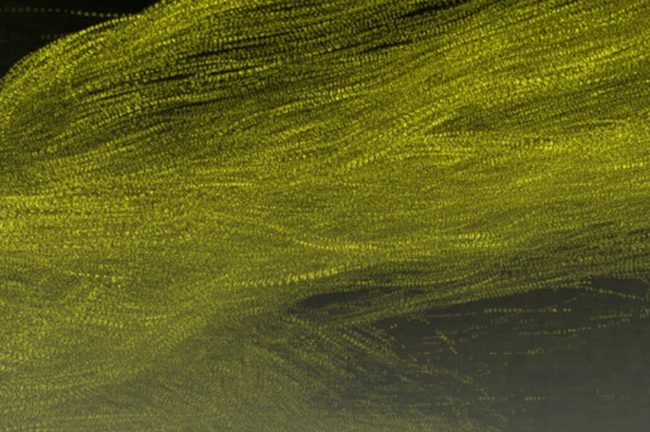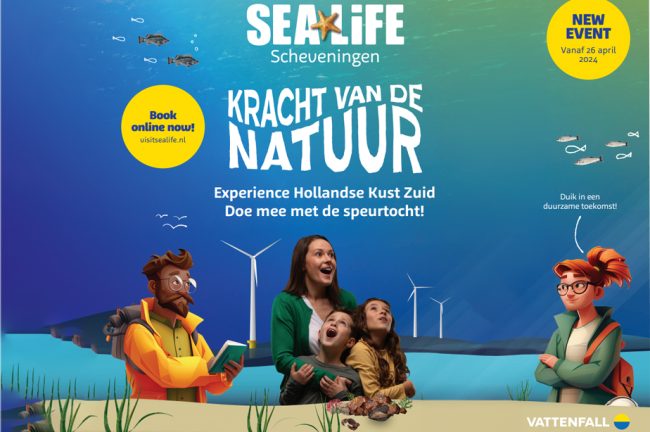Vattenfall have recently completed a thorough UXO (unexploded ordnance) inspection and removal campaign at Hollandse Kust Zuid (HKZ) I & II where a number of UXO were found and successfully disposed of by the Royal Netherlands Navy.
Many types of UXO (ranging from bombs and naval mines to machine guns) were found on the seabed at HKZ I & II. Because these objects could pose a threat to the construction activities for HKZ I & II they had to be removed. Eoin McGregor is a senior geophysicist at Vattenfall and managed the operation to clear the HKZ area of UXOs. He explains more about how the campaign went and what they found.
The operation to remove the UXOs from HKZ sites I & II started in July and lasted approximately three months. Data, previously acquired during a site investigation campaign, was used to generate a list of targets for inspection. The inspection operation was not only necessary to identify UXO and other potentially dangerous objects for removal, but also to identify objects that could hinder the installation of wind turbine foundations and influence the route along which cables should be laid.
Traces of a world war
Targets were selected for inspection, either because they could be UXO or because they could otherwise obstruct the installation process. “Four percent of the targets inspected were UXO, the vast majority of which came from World War II. These were mainly bombs, naval mines, machine guns and ammunition boxes. The other ninety six percent was mostly metallic debris,” Eoin McGregor explains.
The location of the HKZ I & II wind farm is situated on the main flight path the Allied forces used during World War II. It regularly happened that planes crashed into the sea or released their bombs too early, after which they ended up on the seabed. In addition, fighting took place in the North Sea itself, often between Allied aircraft and German ships.
Is it a UXO?
During the operation, 30 UXOs were found. Eoin: “A remotely operated vehicle (ROV) conducted an electromagnetic survey to locate the target. Once located, sand was removed around the object in order to make identification easier. While investigating, we often come quite close to an object with the vessel. But if we thought an object could be a UXO, we stopped the operation, moved the vessel to an appropriate stand-off distance and marked the location of the find with a buoy. Once we had confirmed we were dealing with a UXO, we notified the Coast Guard who, in turn, notified the Royal Netherlands Navy.



Safety is paramount
“The aim of this operation is to reduce the risk of UXO encounters to a level that is as low as reasonably practicable (ALARP). Many of the UXOs removed were often located close to a turbine location or in a location along a cable route where avoidance was not possible, and as such there was a greater risk of encounters. Some of these UXOs, such as bombs weighing 450kg (1000lbs.) can be unstable as they have been corroding on the seabed for 70 years. They could pose a threat to personnel and equipment during the construction and operation of the Hollandse Kust Zuid wind farm.”
“Safety was paramount during inspection operation and the removal of the UXOs themselves. We worked with a contractor – UXO Control – who is very experienced with this type of campaign and follows the same risk assessed procedure every time. In addition, our health and safety department also reviewed planning and workflow prior to the operation to ensure that all risks had been assessed and mitigated, so everything could be done as safely as possible.”
Removed or disposed of
“Once the coastguard had been notified that a UXO had been located the Royal Netherlands Navy took responsibility for the object and determined whether it should be removed or disposed of. Of course, we remained available and assisted where necessary, for example if more dredging was required around the UXO.” Now that the area of Hollandse Kust Zuid I & II has been cleared, the activities can continue. Hollandse Kust Zuid III & IV will also be inspected in the future.




